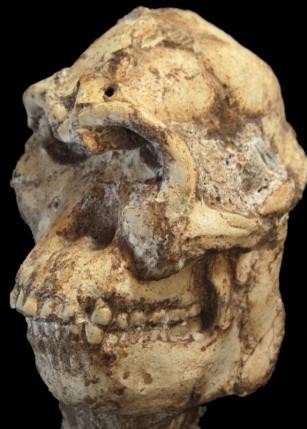Little Foot was found to have been roaming the Earth at around the same time the famous Lucy did, leading to the conclusion that human ancestors may have been significantly diversified in Africa.
Researchers from the Purdue University studied evidence that shows the complex human relative was buried in ground for more than 3.7 million years ago, which is a bit older than the previously recorded 2.2 million years.
The research team, helmed by Darryl Granger, used an advanced dating method that measures the levels of berrylium and aluminum in the layers of rock where fossils were found, according to Times Gazette.
"People like to think of evolution as a straight progression. But here we've got Lucy's species in East Africa, and at the same time a very different Australopithecine a continent away," said Granger.
The new date of Little Foot's age is expected to help future researchers in finding out which species and regions actually paved the way for humanity to exist today.
Lucy, the famous 3.2-million-year-old human ancestor, was part of the earliest leading candidates for being the direct ancestors of the human species-the Australopithecus afarensis.
The said species were believed to have lived between 2.9 million and 4.1 million years ago on Earth, while another famous human lineage, the Homo species, are also believed to have existed more than 2 million years ago.
While it is believed that Lucy roamed eastern Africa, the other australopithecine Little Foot is speculated to have resided in southern Africa.
Little Foot was discovered around 20 years ago by Ronald Clarke, a paleoanthropologist from the University of the Witwatersrand in the same continent Lucy and the former roamed, according to CS Monitor.
It is believed that Little Foot fell down in a tight shaft located within the Stekfontein Caves, leaving behind an almost complete skeleton set that is expected to shed light on human evolution.



























